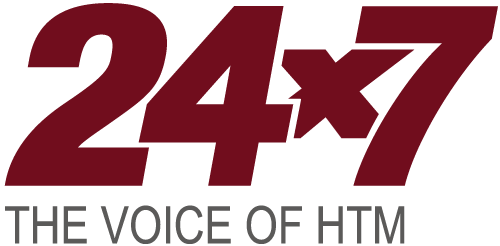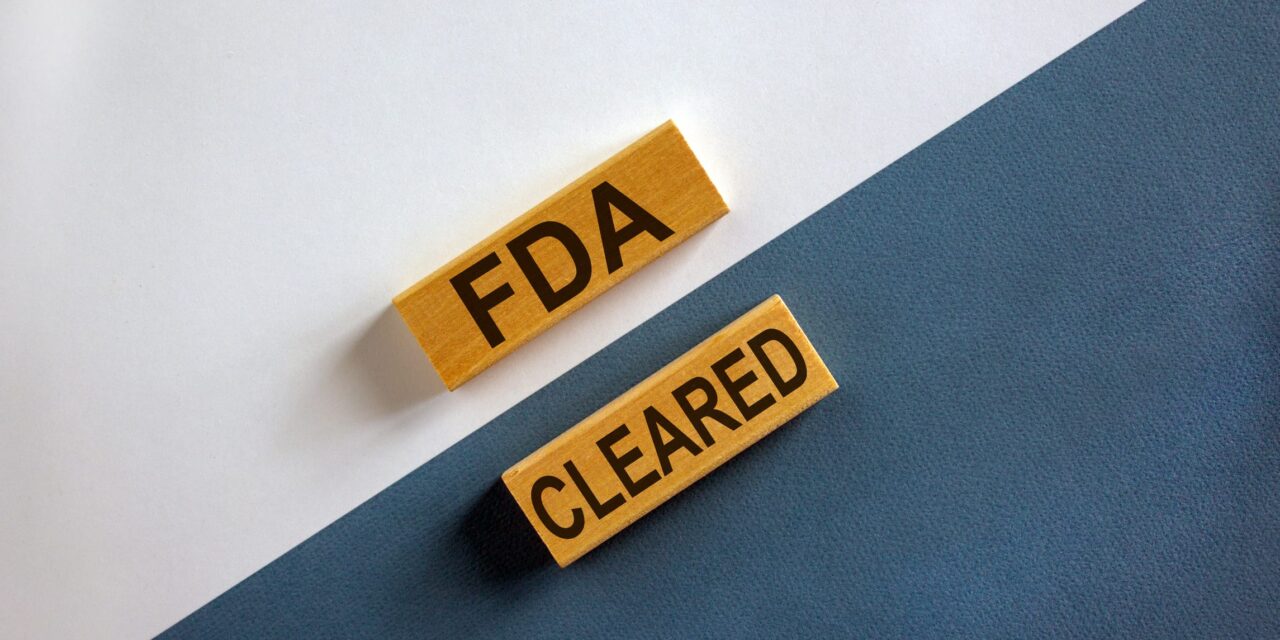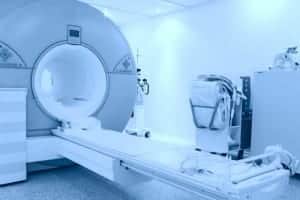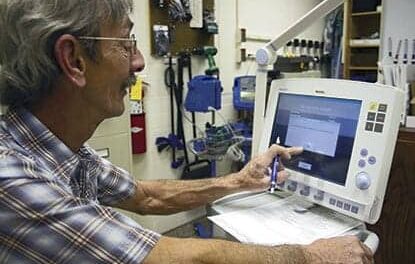The ultrasound system with integrated AI software is designed to provide anatomical guidance during needle or catheter placement.
Rivanna announced that it has received 510(k) clearance from the US Food and Drug Administration (FDA) regarding the Accuro 3S diagnostic ultrasound system and SpineNav-AI image processing software.
This clearance authorizes the use of both technologies in United States hospital and clinical settings, providing anatomical guidance during needle or catheter placement.
Accuro 3S is a portable, point-of-care ultrasound system with a proprietary, Dual-Array convex probe and integrated SpineNav-AI software. The Dual-Array probe consists of two aligned transducer arrays arranged side by side with a narrow gap, enabling an in-line needle approach through the probe’s center. Images from both arrays are combined to optimize anatomical visualization. This platform supports standard B-mode imaging and is equipped with a touchscreen interface, a maneuverable cart-based form factor, and healthcare IT connectivity to implement DICOM-based patient and image archival workflows.
SpineNav-AI is a machine learning-based software solution that facilitates musculoskeletal imaging assessments of the lumbar spine to support real-time visualization during anesthesia procedures. It provides automated landmark detection and identification of critical spinal anatomy which may assist clinicians by standardizing interpretation of spinal images. The software utilizes an AI-based image processing architecture to identify key anatomical structures in ultrasound images and indicate the position of the spine midline. The position of the epidural space and the measurement of depth to the epidural space are indicated when the epidural space is detected by the SpineNav-AI software.
“Achieving 510(k) clearance for Accuro 3S and SpineNav-AI ahead of schedule marks a significant milestone for Rivanna and demonstrates the strength of our engineering and clinical partnerships. We are excited to introduce this next-generation platform to the market and continue advancing innovation in image-guided anesthesia procedures,” says Will Mauldin, PhD, Rivanna co-founder and CEO, in a release.
Increasing First-Attempt Success Rates in Spinal Procedures
The Accuro 3S platform builds on Rivanna’s clinically validated track record of increasing first-attempt success rates in spinal procedures, according to a release from the company. The system introduces enhanced imaging capabilities and integrated software tools designed to further support accuracy and efficiency in neuraxial anesthesia procedures. Rivanna has implemented consumable products for the system, including a probe cover needle guide kit, designed to stabilize probe positioning and facilitate needle alignment. This workflow enhancement aims to enable the clinician to locate the epidural space, assess its depth, and insert the needle under live visualization.
This innovation tackles longstanding challenges in procedural guidance, according to Mauldin. “Historically, ultrasound-guided neuraxial procedures have been limited by the need to simultaneously handle the needle, probe, and syringe, as well as by steep needle angles that restrict visualization, and difficulty maintaining a real-time in-plane approach with conventional probes,” says Mauldin in a release. “Our solution addresses these technical barriers, making ultrasound guidance more accessible and supporting enhanced safety, precision, and patient care.”
Rivanna’s next steps include pursuing additional regulatory submissions for additional advanced Accuro 3S capabilities. Clinical collaborations are underway, with a forthcoming limited release of Accuro 3S to select leading academic medical centers, followed by a broader market launch.
ID 189779837 | Change © Dzmitry Dzemidovich | Dreamstime.com





